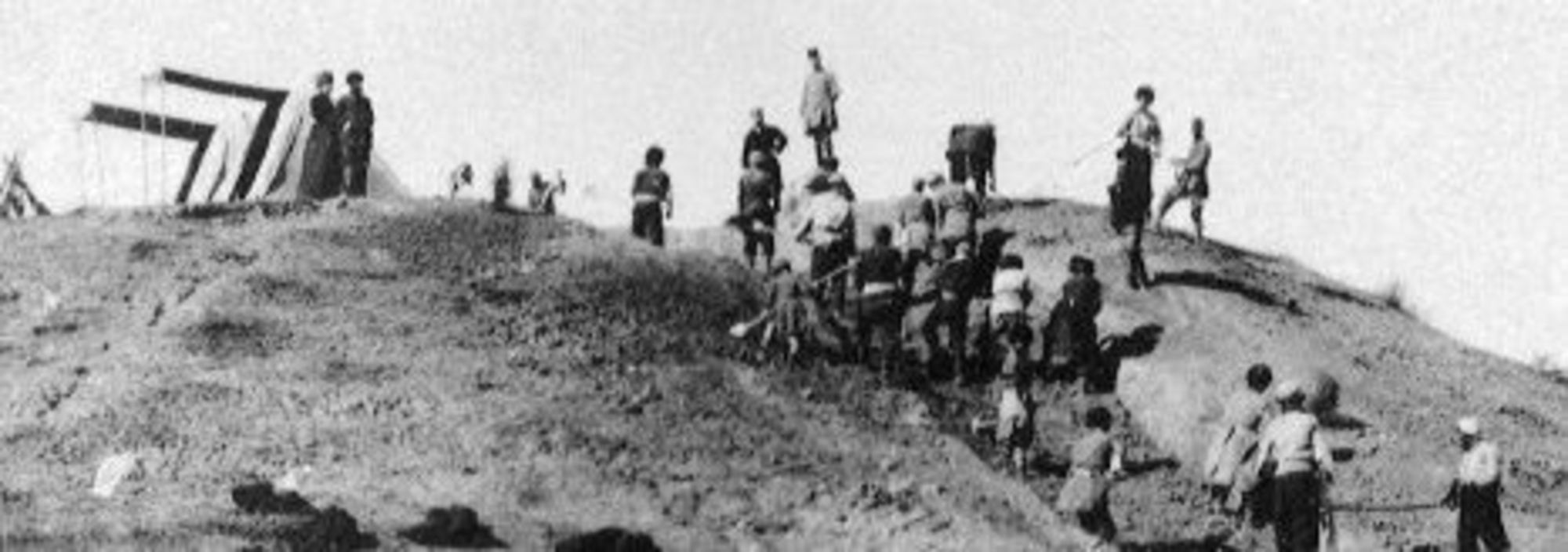- Home
- Caucasus
- Fieldwork
- Recording and conveying
Excavation: a destructive process
Since digging the ground for clues disrupts the original context, and can destroy some useful evidence, unless they are carefully recorded in notes and drawings, some elements - such as the original position of the bones, or the number, nature and arrangement of objects in each grave - can be lost forever. This makes the subsequent study of the site impossible.
Quality records
Morgan's work is very useful in this respect. He describes many of the tombs in detail and accompanies his descriptions with drawings, thus providing a record of the original context. He describes the structures: "Depth 1.90 m, length 0.80 m, width 0.48 m, height 0.50 m. [...] The slab that [covered the tomb] weighed more than 400 kilos”. He also describes the position of the deceased: "The body was placed in a crouched position, forearms folded together over the chest”, along with the grave goods and their location in the tomb: “in the two northern corners were two earthenware jugs". These descriptions often correspond to drawings.
Incomplete records
Despite the care he took to produce his records, Morgan did not systematically record all of the observations he made for each of the excavated burials. For example, of the 118 tombs in the upper necropolis of Akhtala, he described only two in detail. As he was not always clear about how many burials he excavated, it is difficult to obtain a very detailed view of the whole corpus of study.
